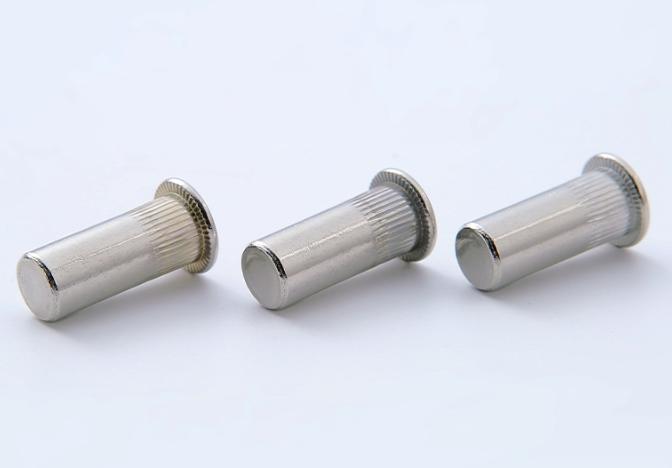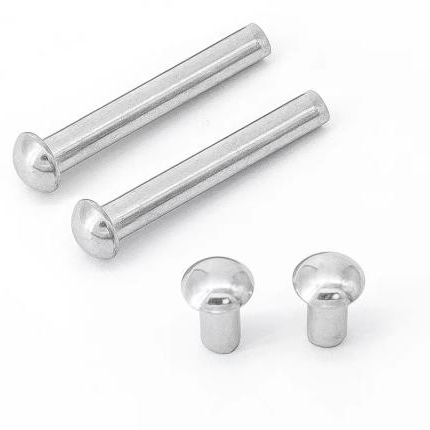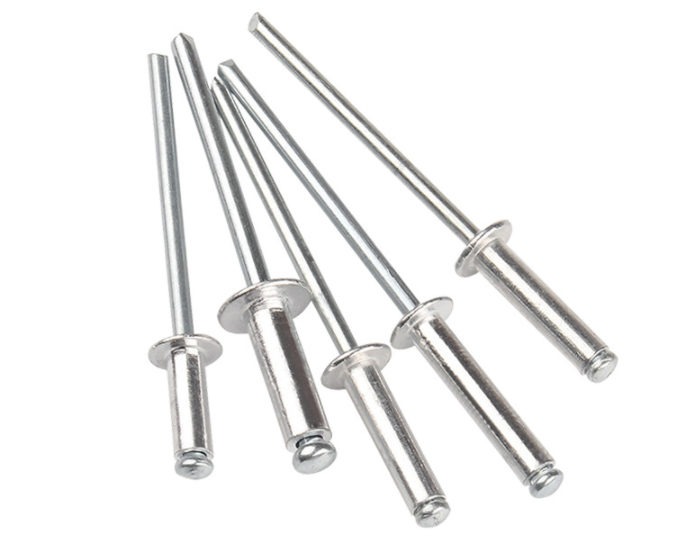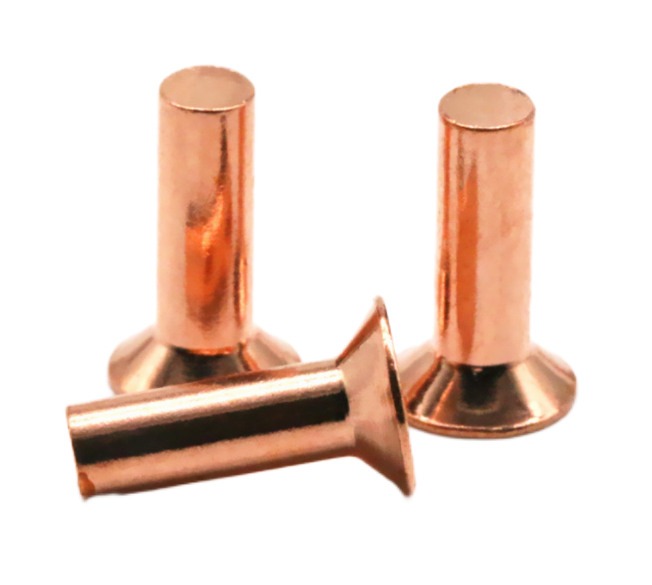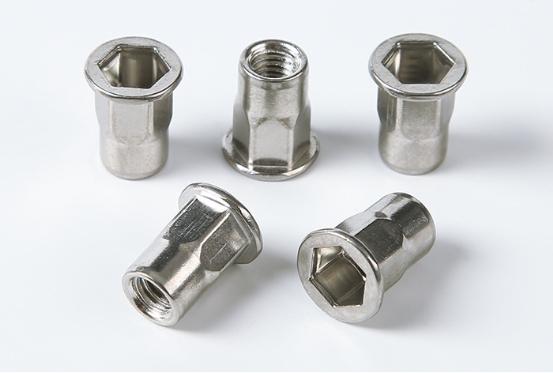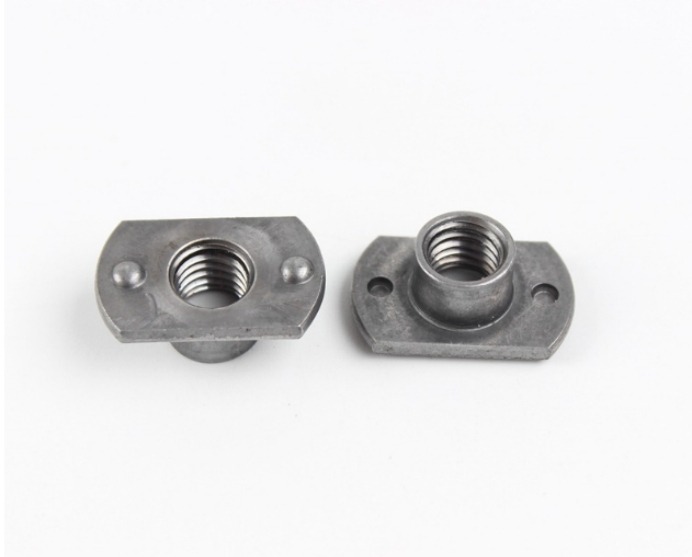What are Rivets Used for: Commonly Used Types and Wide Applications
Rivets are simple fasteners that have been used for millennia to provide strong and dependable connections in a variety of applications. These modest metal pins have proven useful in building, manufacturing, and a variety of other industries. In this article, we will focus on the topic of what are rivets used for, exploring various types of rivets and the numerous important purposes they serve.
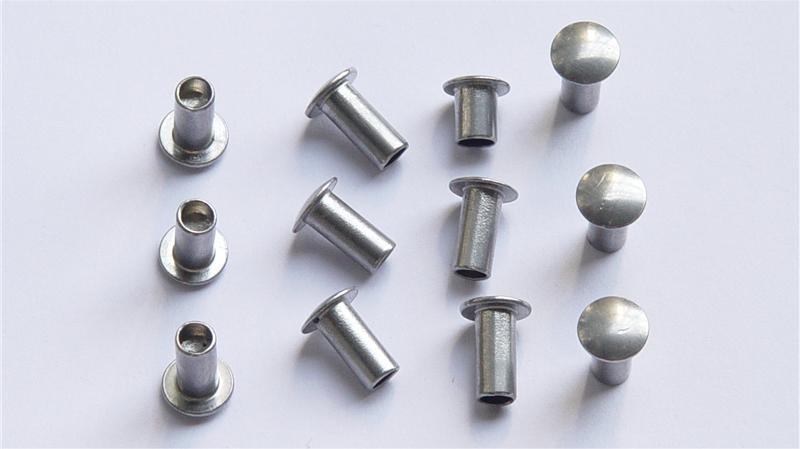
Different Types of Rivets Commonly Used in Various Applications
Rivets come in various types, each designed for specific applications based on their characteristics and features.
Solid Rivets
These are the most fundamental sort of rivets, consisting of a solid cylindrical shaft with a head on one end. Solid rivets, which are employed in heavy-duty applications, are set by heating the shaft and then producing a head on the other end, making them one of the strongest possibilities.
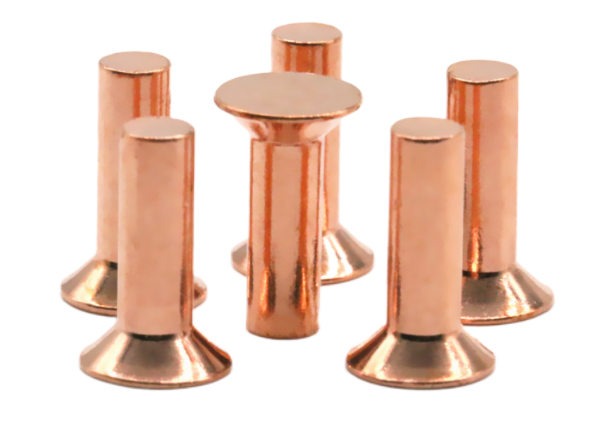
Blind Rivets
Blind rivets, also known as pop rivets, are typically utilized when only one side of a workpiece can be accessed. They have a mandrel that extends through the rivet body and is “popped” off once the rivet is set, creating a secure connection.
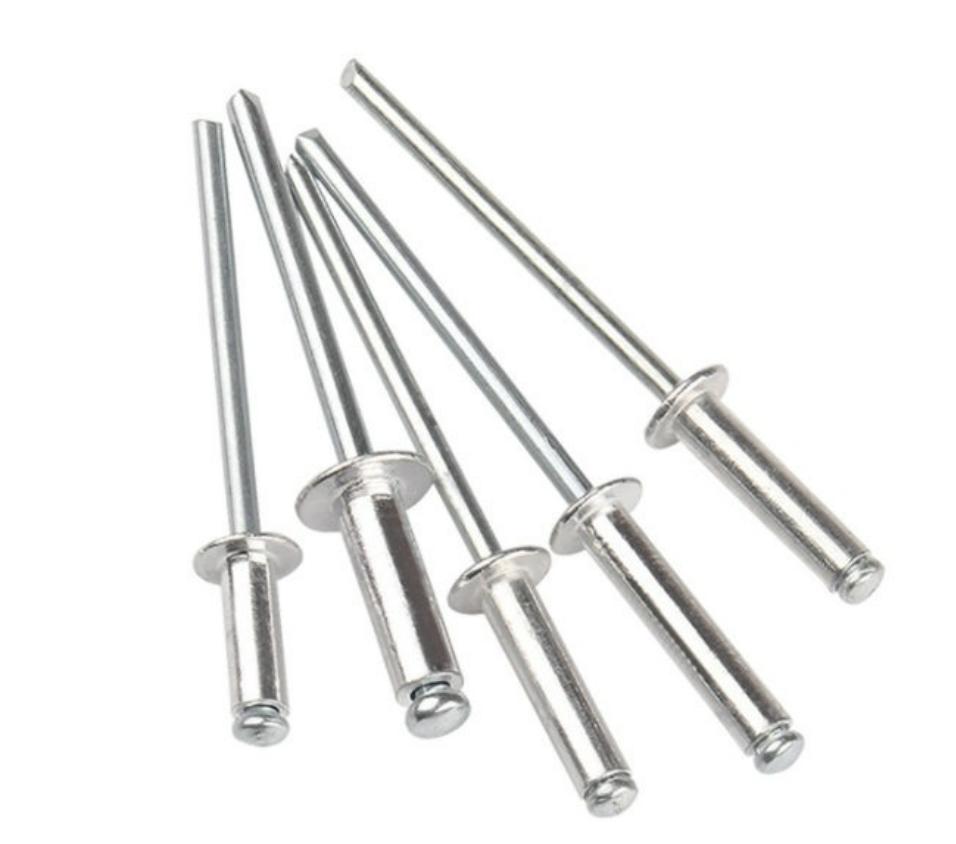
Tubular Rivets
Tubular rivets, like solid rivets, have a hollow core. The hollow rivets are frequently used in leatherwork, shoemaking, and as decorative elements in crafts and fashion.
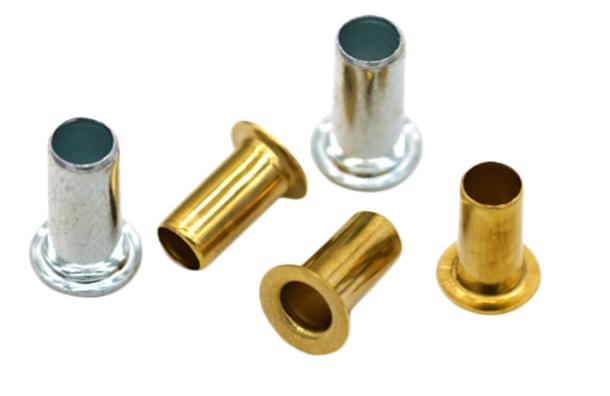
Drive Rivets
These are blind rivets that do not necessitate access to the opposite side of the workpiece. They are frequently employed in applications where the backside cannot be accessed.
Split Rivets
Split rivets contain two or more tines at the shaft’s end that can be split apart and folded over to fasten the materials that are being attached. They are frequently used in bookbinding and some leatherworking applications.
Flush Rivets
Flush rivets have a flat head that, when set, leaves the material’s surface smooth and even. These are often used in aviation and automotive applications where a smooth, aerodynamic surface is important.
Structural Rivets
Designed for applications requiring high shear and tensile strength, structural rivets are commonly used in the construction and aerospace industries.
Round Head Rivets
The rivet has a rounded head and is often used for decorative purposes in leatherworking and crafts.
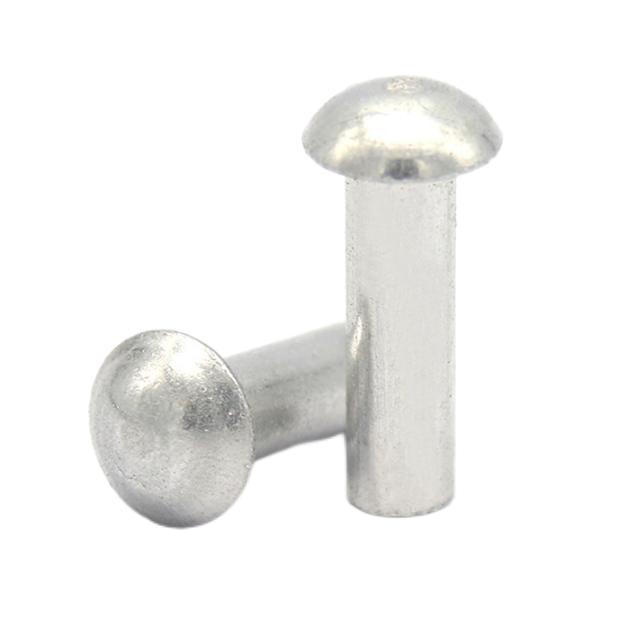
Structural Rivets
Designed for applications requiring high shear and tensile strength, structural rivets are commonly used in the construction and aerospace industries.
Semi-Tubular Rivets
These rivets have a partially hollow shaft, making them lighter than solid rivets. The semi-hollow rivets are used in applications where weight is a concern, such as in the automotive and electronics industries.
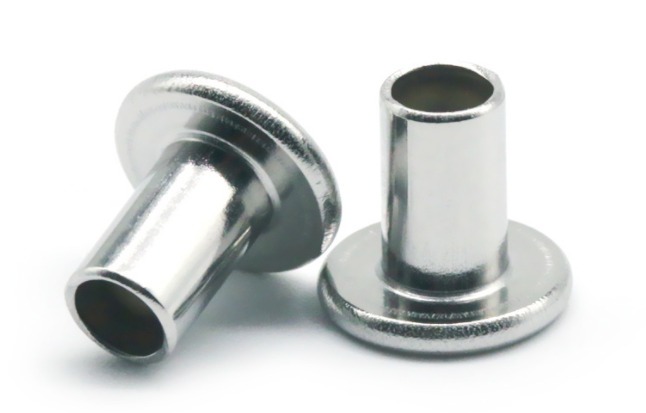
Wide Applications of Rivets
1. Structural Applications
Rivets are frequently utilized in structural applications where strong and long-lasting connections are required. Their resistance to shear pressures and ability to maintain integrity under pressure make them excellent for attaching structural components. This includes their application in the construction of bridges, buildings, and even shipbuilding.
2. Aerospace Industry
To assemble airplanes, the aerospace industry significantly relies on rivets. These fasteners are popular due to their light weight and corrosion resistance. Aluminum and titanium rivets are routinely used to ensure that an aircraft’s numerous components, including as wings, fuselage, and engine sections, remain securely linked even in harsh situations.
3. Automotive Sector
Rivets are used to link numerous sections of a vehicle’s frame, body, and chassis and are therefore indispensable in the automobile industry. The automotive rivets provide a dependable and long-lasting solution for vehicle assembly, contributing to overall safety and structural integrity.
4. Shipbuilding
Stainless steel or corrosion-resistant rivets are often used in shipbuilding, where boats are subjected to the harsh reality of seawater exposure. These rivets ensure that the structural integrity of ships is maintained even in adverse marine circumstances.
5. Manufacturing and Fabrication
Rivets are commonly used in the general manufacturing and fabrication industries. They are used to connect materials such as sheet metal, composites, and polymers. Because of their versatility, rivets are a popular choice for assembling machines and creating a variety of consumer products.
6. Building Construction
The construction industry relies on structural rivets to fasten steel beams, girders, and other essential components of a building’s framework. These rivets provide the stability and strength needed to erect skyscrapers, bridges, and other large structures.
7. Electrical and Electronics
Smaller rivets are employed in the electrical and electronics industry for securing components on circuit boards and connecting electrical wires. Their capacity to create strong and secure connections is pivotal in maintaining the functionality and safety of electronic devices.
8. Artistic and Creative Endeavors
Rivets are also employed in arts and crafts, where they are used for jewelry making, leatherworking, and other creative tasks. Artists and craftspeople may develop distinctive and visually appealing designs thanks to the availability of decorative rivets.
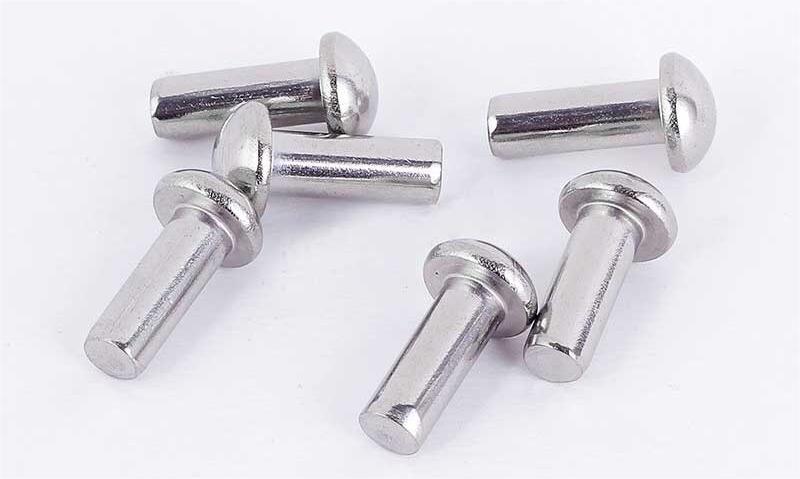
Conclusion
Rivets are critical components in a wide range of industries, contributing to the strength, longevity, and reliability of diverse goods and structures. Rivets are used in a variety of industries, including aerospace, automotive, shipbuilding, and construction, as well as artistic and creative endeavors. Their adaptability and capacity to withstand a wide range of applications have cemented their place in engineering and manufacturing history, and they remain indispensable in a variety of fields.

